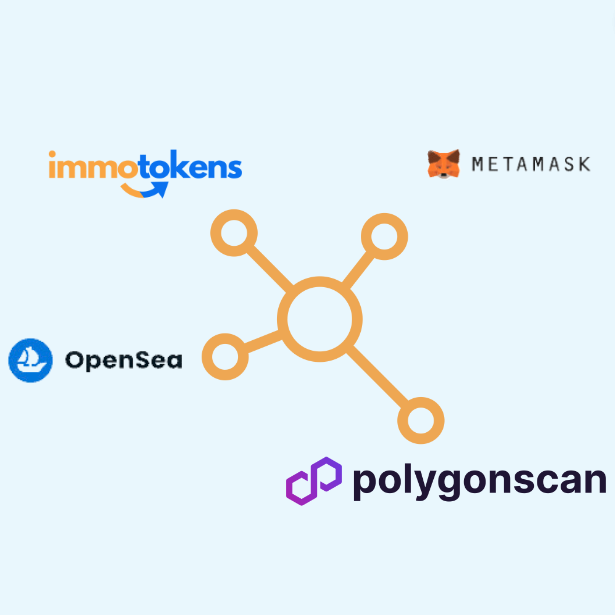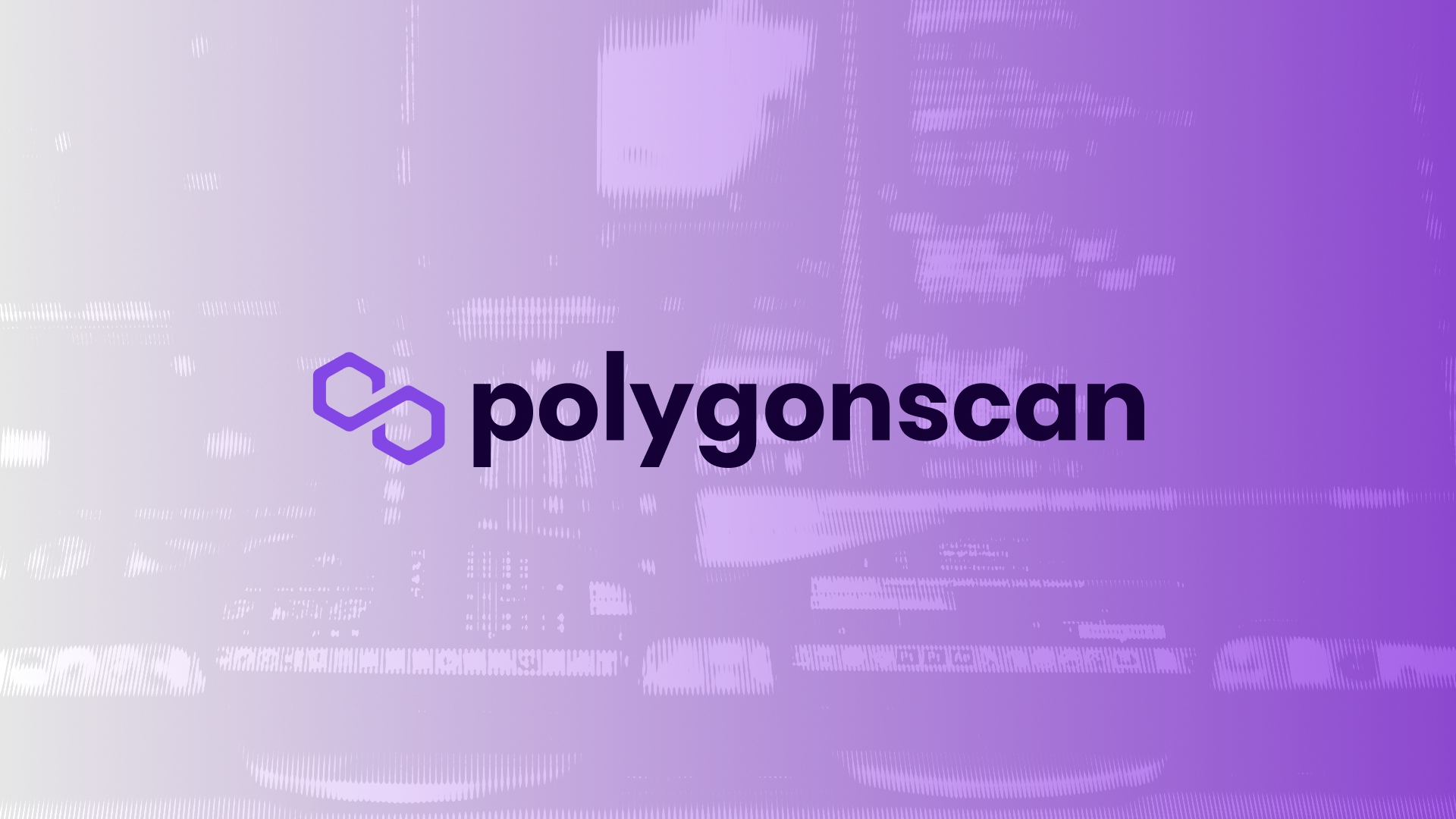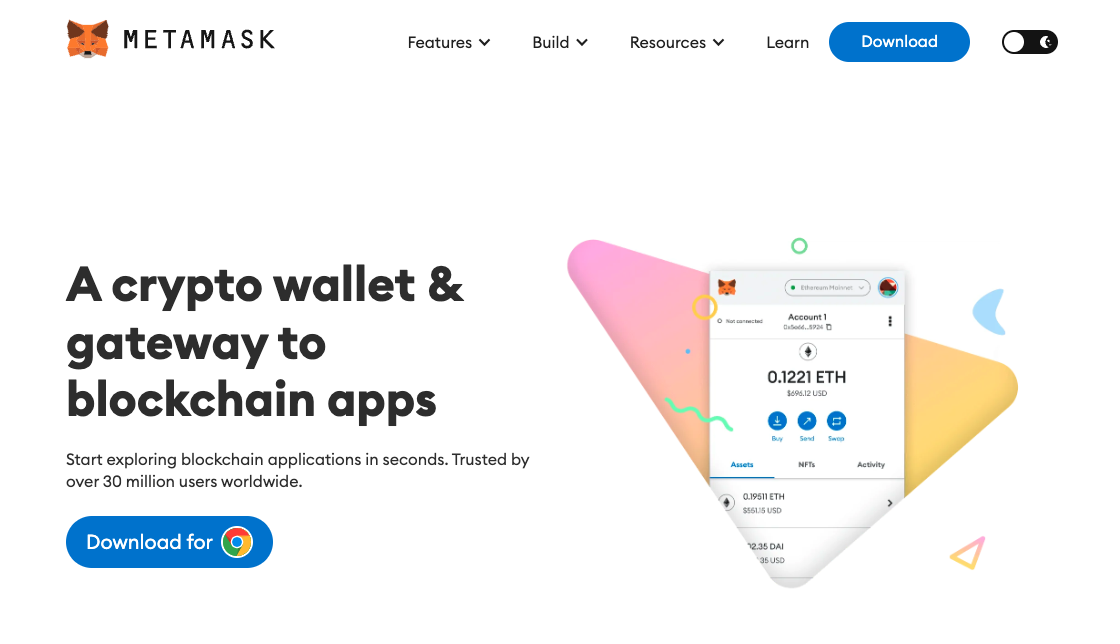Tokenisation is a term that is relatively new to many people. However, tokenisation is anything but a new term. It is a technology that existed long before the world began to notice it. The digitalisation of society ensured that the potential of tokenisation was increasingly exploited and thus came to the attention of the general public. A technology that once began as an application to secure personal data is now used in a slightly different form as a very interesting option for many to be able to invest in, for example real estate. A good reason to take a look at the different options in tokenisation.
What is tokenisation?
Tokenisation is also called tokenisation called. It is a collective term that can be used to describe a possession or a right of access, but in a very broad sense. The best way to explain what tokenisation is is by providing insights into the use of this technology. The term itself cannot be captured in one sentence.
A token can also be a coin with which you can buy a drink at a festival. In that case, you have exchanged a traditional currency, such as the euro, for the right to get your pint at one of the distribution points. Another form of tokenisation has a linguistic purpose. This technique can be used to divide a text into parts to make reading and learning easier. Another application that should not go unmentioned is the application of tokenization to get verified votes for an election.
Versatile applications of tokenisation
Many people relate tokenisation to the use of blockchain technology. Assets that exist in the real world can be traded (in parts, if desired) as tokens on a blockchain. This is, in a nutshell, the idea behind the concept behind Immotokens. We offer smaller property rights that represent a value proportional to the investment. This makes an investment in a larger project very accessible to many people and the possession of a token offers the possibility of generating added value (read: income) from it. The applying blockchain to real estate investments was new to many people and in some cases even a conscious introduction to the term "tokenisation". In addition, the application of tokenisation is often related to the use of digital currencies. For the origins of tokenisation we have to go back to a time that is quite long before the birth of Bitcoin (the first introduced digital currency).
What few people know is that the origin of tokenisation lies in data security. A good example of this is the use of a credit card. After all, the technology can be used to convert customers' personal data into complicated number and character strings that are not vulnerable to hacking. In addition, Facebook was one of the founders of tokenisation. Think of the sale of Facebook credits to be able to play well-known games such as Farmville and Candy Crush. Facebook soon had the "Tokenize everything" setting, which turned out to be a far-sighted move when you look at today's tokenisation applications.
Different forms of tokenisation
The above brings us to the different forms of tokenisation. There are several types of tokenization to be distinguished. Below we list the different forms so you get an insight into the potential of tokenization.
- Vault Tokenisation. The term "vault" is an English term for a "safe" and by naming vault tokenisation we are focusing your attention on one of the traditional tokenisation applications. Vault tokenisation refers to the use of a secure database, also called the vault database. Vault tokenization thus relates to the security of sensitive personal data as described earlier in this article. Users can decrypt tokenized data using tables that are made available for this purpose.
- Vaultless Tokenisation. As the name suggests, this is an alternative to vault tokenisation. In this application (for the protection of sensitive personal data) no use is made of a vault, but of secure applications that work with the help of cryptography. The choice for cryptography is easy to explain because this is a very strong mathematical encryption that is almost impossible to crack. Cryptographic applications use algorithms that work on the basis of certain standards for converting sensitive into non-sensitive data. The tokens created in the application of vaultless tokenisation can be decrypted to obtain the original data without a tokenisation vault database. Of course, this is reserved for authorised users.
- Tokenisation in NLP. The letters NLP stand for Neuro Linguistic Programming. It is a term for the way we perceive the world around us using our nervous system and representations. With regard to canonisation, the following can be used for this application word tokenisation. This is one of the most common types of tokenisation in natural language processing. Word tokenisation means that a certain piece of text is divided into separate words using a specific separator. The use of this separator helps to determine different tokens at word level. In order to meet this objective, it is also possible to use character tokenisation and/or for the tokenisation of sub-words.
- Tokenisation using blockchain technology. This form of tokenisation is aimed at the trading of digital assets in the ecosystem of a blockchain project. This can include the use of platform tokens, utility tokens, governance tokens and non-functional tokens also known as NFTs. Platform tokenisation refers primarily to the issuing of tokens to blockchain infrastructures for the development of decentralised applications. Think of the facilitation of smart contracts which are paid for by placing digital currencies on the market. Utility tokens are rolled out as part of a protocol to access specific services. These tokens are therefore not created for direct investment. Governance tokenization focuses on blockchain-based voting systems to refine the decision-making process around decentralised protocols. Using non-fungible tokens (NFTs) are currently one of the most popular forms of tokenisation. After all, NFTs are the digital representation of unique assets. One can think of works of art, but the use of non fungible tokens goes much further than that. In many cases, the value of assets cannot be split up, but by tokenizing possibilities are created that make this construction possible. well makes possible. The tokenisation of real estate is a good example of this. So this is the form of tokenisation that is applied by issuing Immotokens. The big advantage of this form of tokenisation is that interested parties do not immediately face a very large investment and therefore do not have the "obligation" to purchase an entire property. The great advantage of this form of tokenisation is that you can already investing with little money and make even a somewhat smaller budget pay off. Read more about some concrete tokenisation projects in Belgium.
Do you have any questions about our offer and/or are you interested in discussing the possibilities with us, without any obligation on your part? Then feel free to contact us.



